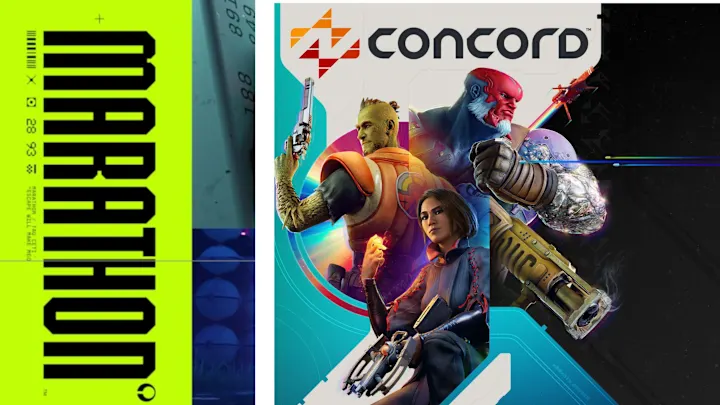Interesting insights from PlayStation Studios boss Hermen Hulst regarding Sony’s live service strategy. During a recent fireside chat for investors, Hulst emphasized that the live service market remains a “great opportunity” for PlayStation, acknowledging their “patchy track record” but asserting a clear path forward.
Last year saw challenges, including the swift launch and subsequent shuttering of the hero shooter Concord, followed by the closure of developer Firewalk. Earlier this year, two more live service titles were scrapped from Bluepoint Games and Bend Studio, with recent layoffs confirmed at Bend as they transition to a new project.
However, Hulst insists that PlayStation has learned hard lessons from these experiences. Speaking specifically about Bungie’s upcoming live service shooter, Marathon, he expressed confidence in its potential for success.
Keep Reading







